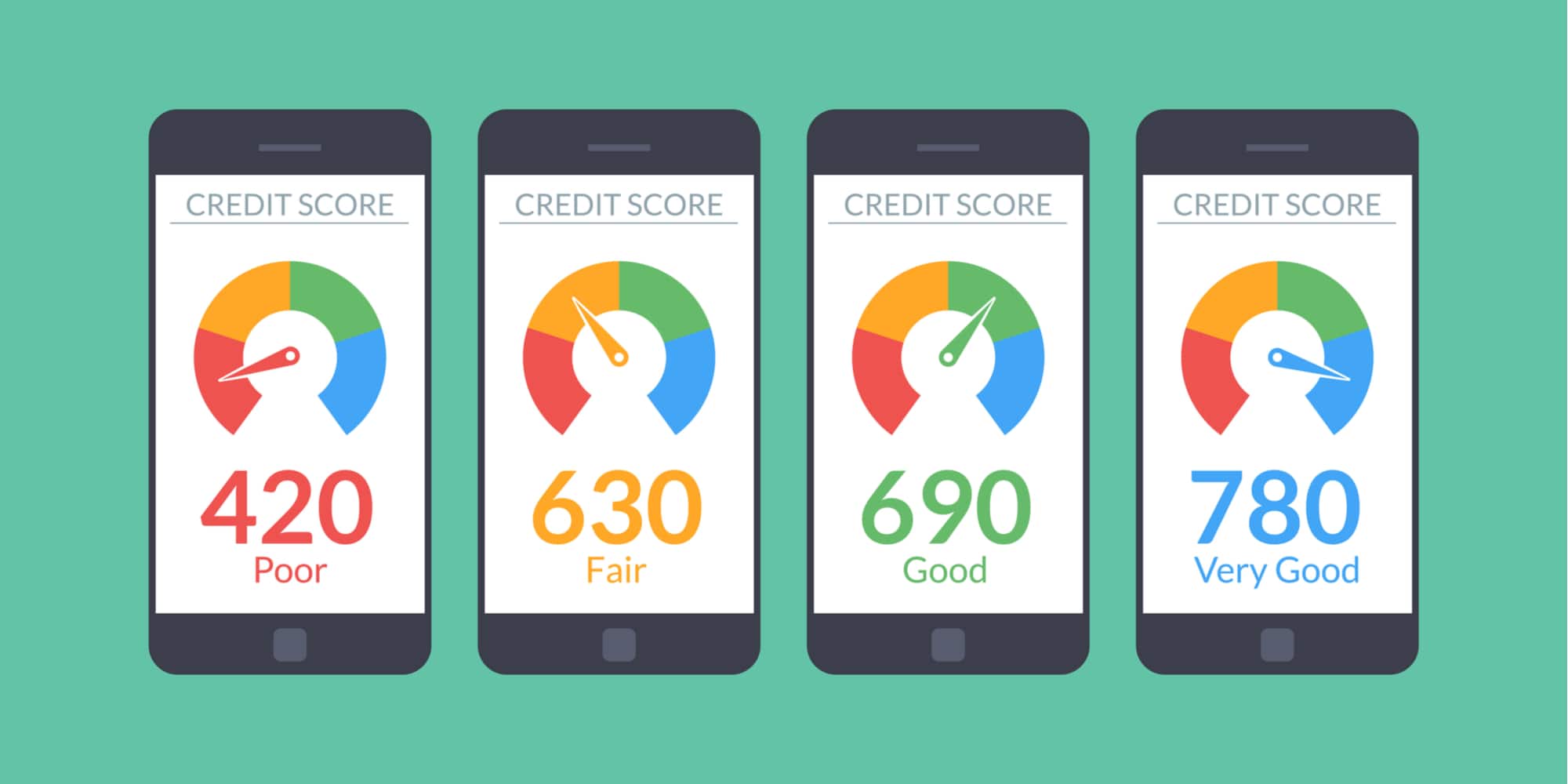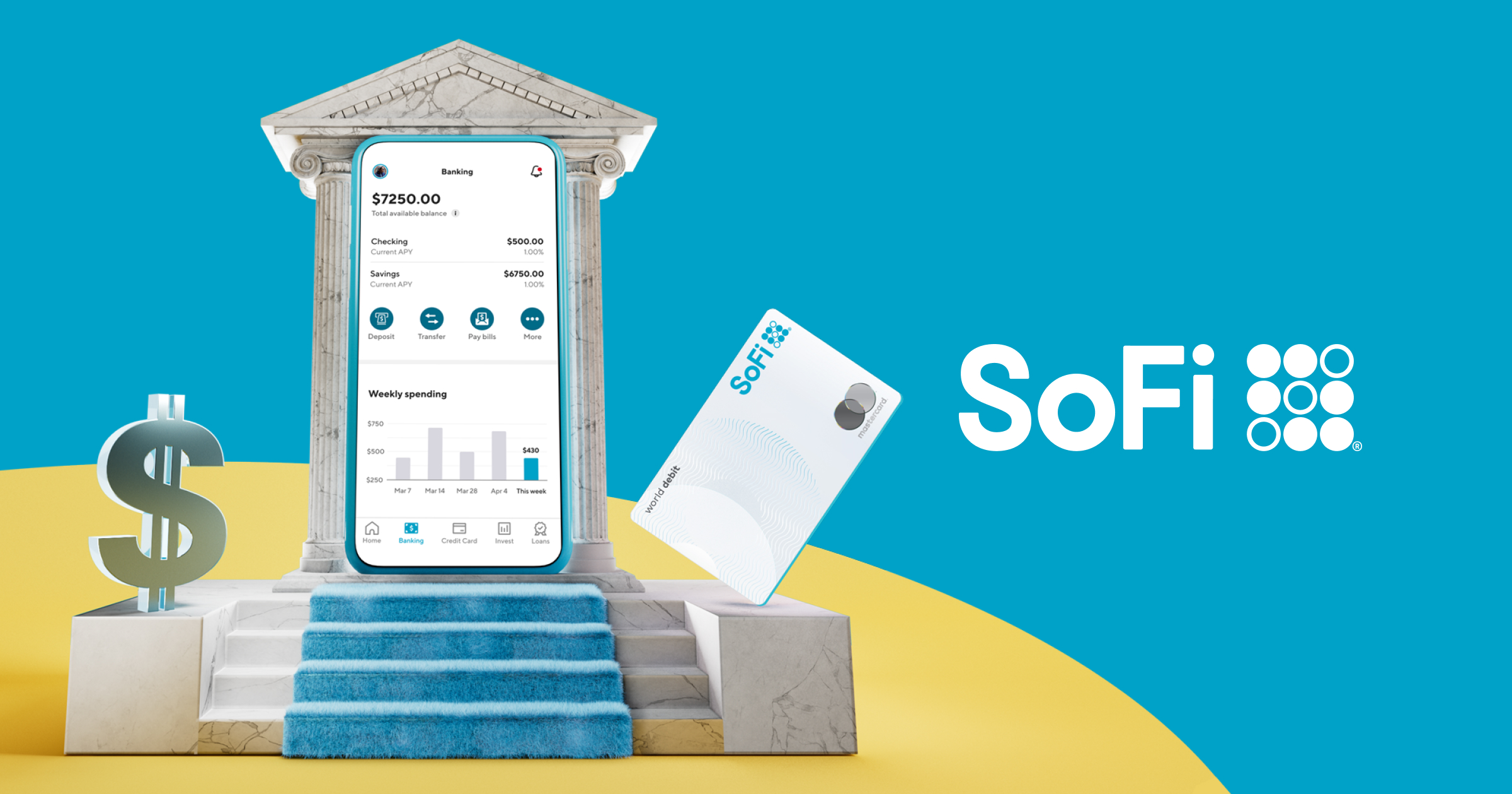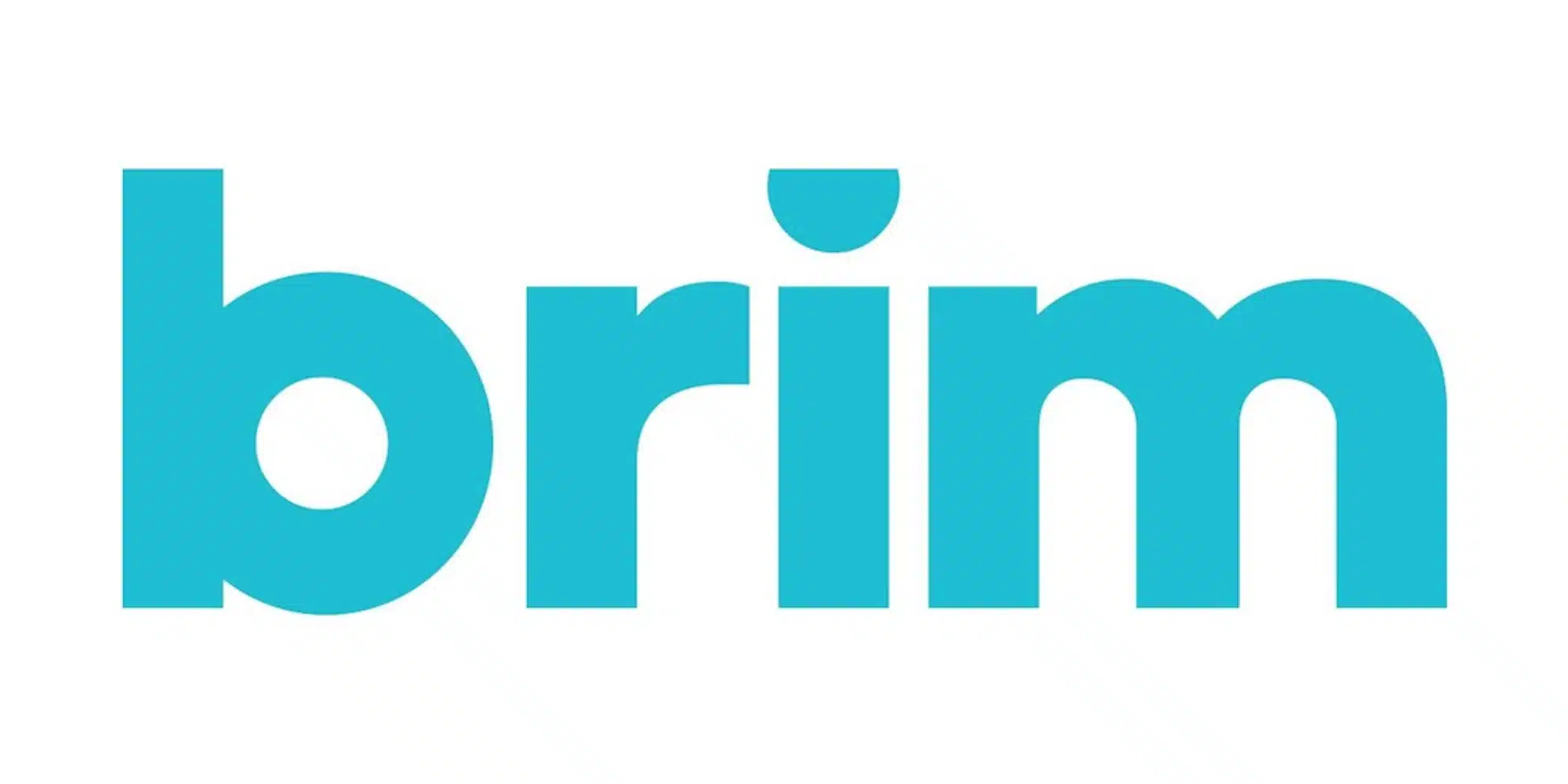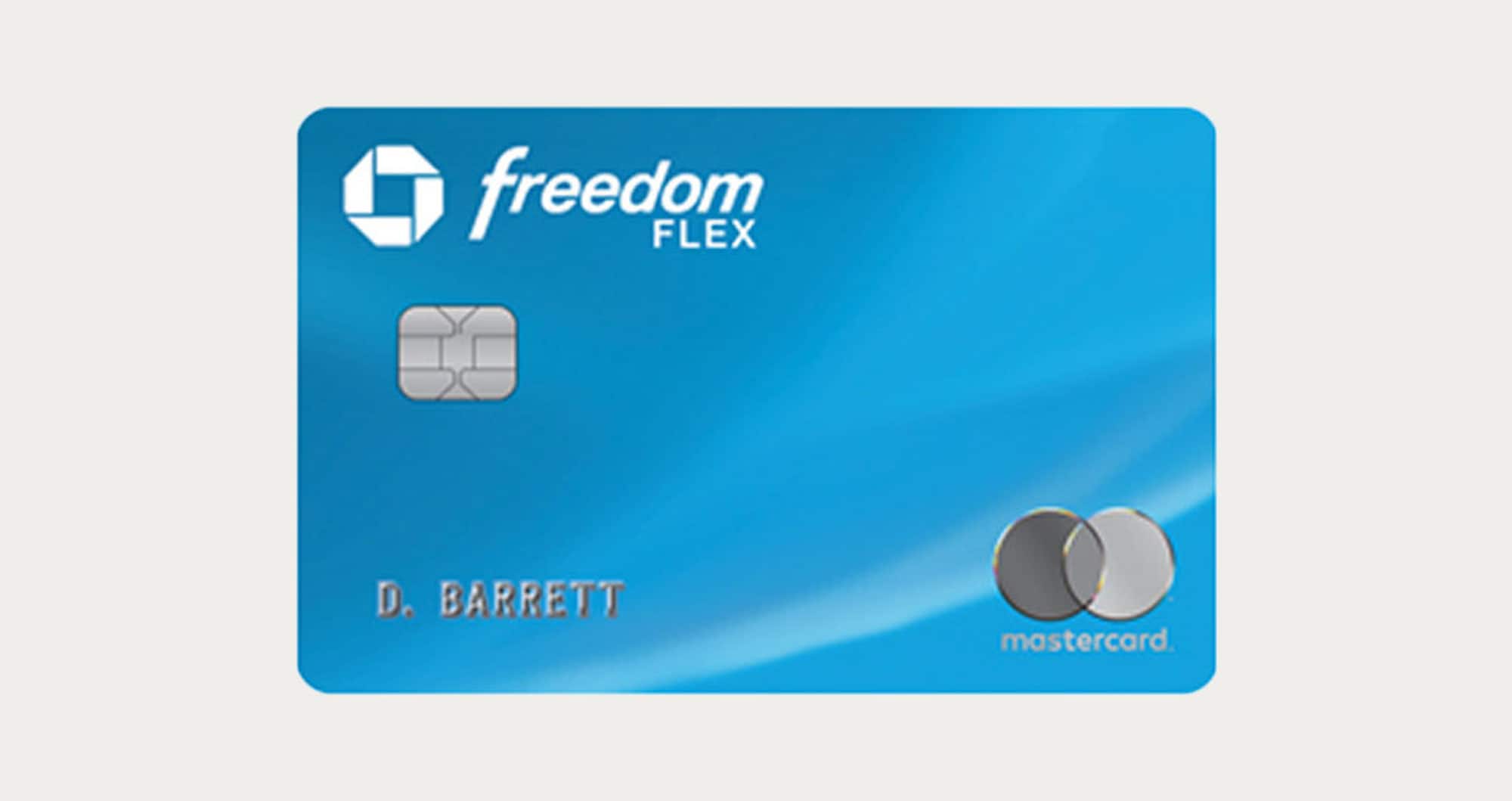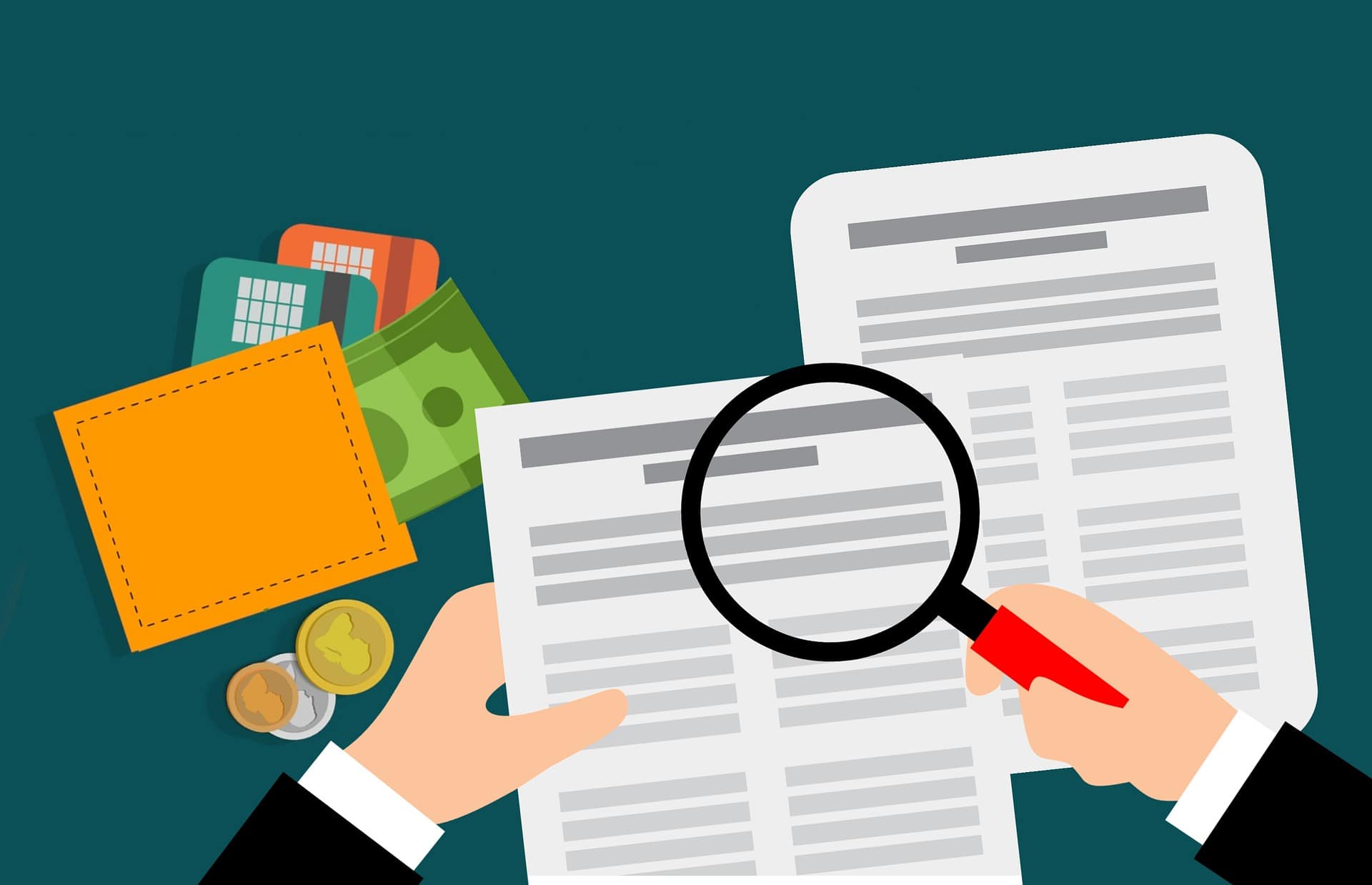
Credit Score Tips
Are Credit Reports the Same as a Credit Score?
For as much as we hear about credit in general, many Americans are less aware of the specifics. A key example of this is that the terms “credit report” and “credit score” are used interchangeably despite being separate things. In fact, this misconception could lead consumers to ignore an important aspect of their credit that could be hurting them in the long run.
If you have questions about credit reports, credit scores, and how to review both for yourself, let’s dive into some credit FAQs and look at why it’s so important to stay informed.

Credit Scores vs Credit Reports: What’s the Difference?
What is a credit report?
A credit report compiles various data related to your credit accounts and how you’ve handled them. This includes loans, credit cards, and other accounts — both active and inactive — that you’ve had along with records of your payment history. These reports are then used by other creditors as well as potential employers, landlords, etc. to determine whether or not they want to lend/hire/rent to you.
What is a credit score?
A credit score is a number intended to reflect your creditworthiness overall. As you may have guessed, this number is determined by using information from your credit report and applying an algorithm to this data.
Perhaps the biggest misconception about your “credit score” is that there is only one. In reality, you could have several different credit scores as various creditors will utilize specific scoring models. Additionally, just as your reports can vary by credit bureau, your scores could differ as well.
What information does your credit report include?
Starting with the basics, your credit report should include your name as well as any other names you may have gone by in the past. It will also include your current and past addresses. Then, your report will look at various credit accounts and your payment histories (did you pay on time? If not, how late were your payments? Etc.). Additionally, other remarks may include past bankruptcies, recent credit inquiries, collections, and more.
How long will items stay on my credit report?
Most negative items — such as late payments — should fall off of your credit report after seven years. Meanwhile, new credit inquiries will be removed after two years. However, Chapter 7 bankruptcies can take 10 years to be removed from your report.
What is a credit bureau? How many are there?
Credit bureaus are companies that compile consumer data and provide credit reports. In turn, creditors relay customer payments history and other information to these bureaus.
In the United States, there are three main credit bureaus: Equifax, Experian, and TransUnion. While some creditors will report customer activity to all three of these bureaus, others may only report to one. Similarly, when inquiring about your credit, companies may check with one of these bureaus or all of them.
How is your credit score calculated?
FICO credit scores — which are the most commonly used — focus on five main factors: payment history (35%), utilization (30%), age of credit (15%), new credit inquiries (10%), and credit mix (10%). These factors are then used to rate your credit on a scale that ranges from 300 to 850. The higher your score, the more creditworthy you are deemed to be.
What is a good credit score?
Although individual creditors may have different ideas about what constitutes a “good” credit score, scores around 670 and above are often considered to be in the “good” range, with scores above 740 being “very good” and those higher than 800 being “excellent.”
How often is my credit score updated?
Another common misconception about credit scores is that they stay the same for a set period of time. Instead, your credit scores are typically calculated at the time a creditor requests to check your credit. Thus, you can almost think of your credit score as providing creditors a snapshot of your finances at that moment in time.

How to Check Your Credit Report and Credit Scores
Managing your credit report
How do I obtain my official credit report?
The best way to request your credit report is to use a site called AnnualCreditReport.com. This site — which was authorized by federal law — allows consumers to access their reports from Experian, TransUnion, and Equifax for free once per year. However, as a result of the COVID-19 pandemic, each of these three bureaus agreed to make these free reports available to Americans once per week instead. Currently, this weekly report program is set to continue through April 20th, 2022.
In order to request your report(s), you’ll need to confirm your personal data, including your name, birth date, address, and Social Security number. Additionally, if you’ve lived at your current home for less than two years, you may also need to enter previous addresses. For each report, you’ll also need to answer a series of questions to further confirm your identity. Reports you access can then be viewed in your browser or downloaded to your device.
Importantly, the site notes that your free credit report does not include credit scores. Because of this, we’ll cover options for monitoring your scores in the next section.
Should I order reports from all three credit bureaus at the same time?
Using AnnualCreditReport.com, you can request one, two, or three reports at a time. Therefore, you may be wondering which makes the most sense. Well, that’s really up to you. If you have the time to review all of your reports in one session, then you may want to request all three at once. However, others might prefer to space them out over the course of a few months.
That said, with the three bureaus offering free weekly access to your reports through April 2022, there’s little reason not to simply request all three at once for the time being.
How do I correct errors on my report?
One of the most important reasons to check your credit reports is because errors in the information could be impacting your credit scores. Inaccuracies could include accounts that don’t belong to you, outstanding balances that you paid, and more. Therefore, when you come across these errors, it’s in your best interest to get them corrected.
As the Federal Trade Commission (FTC) advises, the first step to take is to file disputes with the credit bureau showing the incorrect information. Each of these bureaus has its own procedure you’ll need to follow. In the event that the bureau is unable to correct the issue, you may need to contact the creditor responsible for the reporting error.
What does it mean to freeze your credit report?
If you’re concerned about accounts being fraudulently opened in your name, you may consider what’s known as a credit freeze. When your report is frozen, creditors will be unable to obtain it, thus making it harder for identity thieves or other bad actors to take advantage of your good name. Of course, it also means that creditors will be unable to access your reports for legitimate applications as well. Luckily, if you do plan on applying for a credit card, mortgage, or other credit product, you can request a temporary lift on your freeze, granting access to your report for a set amount of time that you select.
While some credit bureaus previously charged fees for instating and lifting credit freezes, federal law made the practice free for all. As a result, credit freezes may now make more sense for consumers who may not have taken such steps before. Finally, since you never know which report a creditor might pull, those who do want to freeze their credit will likely want to notify all three credit bureaus.
How do I freeze my credit report?
The process of freezing your credit report will once again vary by the credit bureau you’re dealing with. In some cases, you may be asked to create an account with the bureau, using a username and password to login and manage your freeze/lift. Meanwhile, others may simply ask you to fill out a form, but will provide you a PIN you can use to thaw or temporarily lift your freeze. In either case, make sure to keep your password or PIN safe as they may be the only way to unfreeze your credit when needed.
As mentioned, once frozen, customers can request to temporarily lift a freeze or fully “thaw” it. When it comes to lifts, you’ll be able to select the date you want the lift to become effective and when you’d like the freeze to be reinstated. Typically, once a lift request is approved, your report will be accessible to creditors within a matter of minutes — and usually under one hour.

Monitoring your credit scores
How do I obtain my official credit score?
First, since there are several different credit score models that a creditor might use so finding the exact number that a given lender will see is not so easy. That said, there are now several tools that will provide you with at least one of your credit scores. First, several credit cards and even banks now offer their customers free credit score updates. Typically, these are updated once per month. Second, if this doesn’t cut it or none of your accounts provide credit score information, some credit bureaus, such as Experian, may also give customers access to their FICO score.
Alternatively, there are also free services such as Credit Karma, WalletHub, and others that not only display your credit report data but also give users regular credit score updates. However, instead of using FICO scores, these sites utilize a different scoring model called VantageScore. For that reason, these scores are often referred to as “educational scores,” but could still put you in the ballpark.
How do VantageScore and FICO differ?
VantageScore and FICO are two different companies, each with their own proprietary algorithms. Because of this, while both models look at the same information in similar ways, the results may differ.
Which credit score should I trust?
Although it can be difficult to know exactly what credit score a lender or bank will see, the fact that FICO is more widely used by creditors means that scores using that model are likely more accurate.
Does checking your credit hurt your credit score?
In short, no. This myth comes from the fact that, when creditors check your credit using what’s known as a “hard pull,” it’s documented on your credit report. However, if you’re using a tool such as Credit Karma, Experian, or AnnualCreditReport.com to check your credit, this will not impact your scores or reports in any way. Therefore, there’s no reason not to stay on top of your credit and remain informed!
For as confusing as our credit system can be, understanding the key components can at least help make navigating your credit a bit easier. Luckily, with a multitude of free tools now available, it’s easier than ever for consumers to review their credit reports and credit scores. By staying informed, fixing errors, and understanding your credit overall, you can be well on your way to improving your credit standing.

